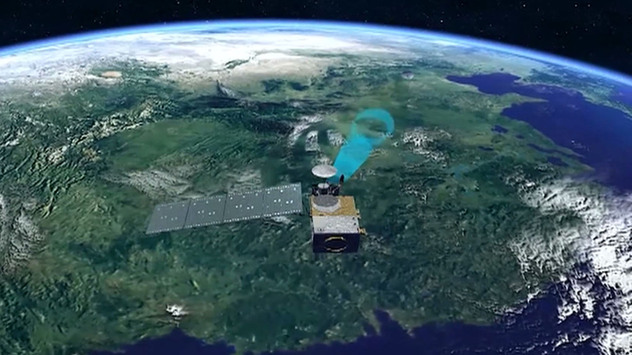
The “South Asia satellite” for use by countries of the South Asian Association for Regional Cooperation (SAARC) region will be launched on May 5.
This was stated by Prime Minister Narendra Modi during his latest Mann ki Batt radio address.
The Prime Minister has hailed the satellite as an invaluable gift of India to South Asia and has further stated that the satellite “will go a long way in addressing South Asia’s economic and developmental priorities.”
During the 2014 SAARC summit that held in Nepal, the plan for the satellite was announced and subsequently all SAARC countries have joined it except Pakistan.
Hence, the beneficiaries of the satellite will be Nepal, Bhutan, Bangladesh, Afghanistan, Sri Lanka and Maldives.
The total cost of launching the satellite (around Rs 235 crore) would be met by the Government of India.
Key Points
The 2,230 kg satellite called GSAT-09 was built by the Indian Space Research Organisation (ISRO).
It is cuboid in shape and is built around a central cylinder. It has 12 Ku-band transponders.
A transponder is a wireless communications, monitoring, or control device that picks up and automatically responds to an incoming signal. The term is a contraction of the words transmitter and responder. Transponders can be either passive or active.
The satellite will be launched from Satish Dhawan Space Centre in Sriharikota using a Geostationary Launch Vehicle (GSLV) Mk-II launch vehicle.
It will have a mission life of over 12 years. The launch vehicle, GSLV-F09 is about 50m tall and will be the 11th flight of the GSLV.
Also, it will be GSLV’s fourth consecutive flight with the indigenous Cryogenic Upper Stage (CUS) engine.
A cryogenic rocket engine is a rocket engine that uses a cryogenic fuel or oxidizer, that is, its fuel or oxidizer (or both) are gases liquefied and stored at very low temperatures.
Significance
The satellite will provide full range of applications and services in the fields of telecommunication and broadcasting applications, namely, Television, Direct-to-Home (DTH), Very Small Aperture Terminals (VSATs), Tele-education, Telemedicine and Disaster Management Support.
Each of the participating countries would be able to use a dedicated transponder with a capacity of 36 to 54 Mhz for its own internal use.
The participating countries would be made responsible for the content generation and its use.
Current Affairs 29th April, 2017 Current Affairs One Liners 28 April, 2017 Current Affairs Round Up Bullet Points, March, 2017

Join The Discussion